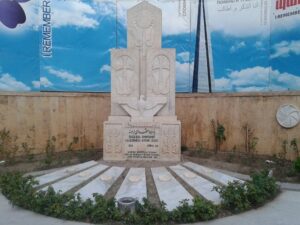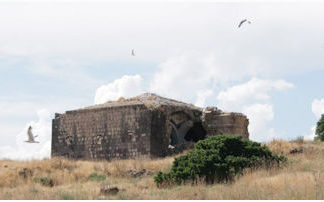By Aram Arkun
Mirror-Spectator Staff
WATERTOWN, Mass. — The city of Gumri, Armenia’s second largest center of population, suffered greatly during the 1988 earthquake, and even today has not fully recovered from that heavy blow. Despite the fact that it had many important institutions of higher learning, and was able to prepare a new generation of educated young people, the earthquake and the changes in Armenia’s economy after independence left little opportunity for employment locally. Young people were forced to emigrate to Yerevan and abroad in droves. The Gyumri Information Technology Center (GITC) was created 10 years ago to counter this negative trend. Its executive director, Amalya Yeghoyan, visited New York, Philadelphia and Boston at the end of September and early October in order to promote the center’s work. She had a number of private meetings along with several public presentations, including one at the Armenian Museum of America in Watertown.
While at the Mirror-Spectator, Yeghoyan explained that Gumri (the Mirror traditionally uses this transliteration of the name, while Gyumri is the form used by GITC in English) was still in dire straits in 2005. A group of young professionals visiting through the Fund for Armenian Relief (FAR) witnessed the situation. Among them was Patrick Sarkissian, the founder and chief executive officer of Sarkissian Mason, a high tech design and marketing services firm in New York City. Sarkissian saw the contrast between great human potential, with great education especially in mathematics, and the desperate economic situation.
Sarkissian quipped that the only thing which works in Gumri is the human brain. He was confident that a technology center could become a magnet to keep youth in Gumri. Meanwhile, according to FAR director Garnik Nanagoulian, FAR also had been looking for ways to stop the loss of talented youth there. FAR in a sense was born as a result of the situation in Gumri and northern Armenia after the earthquake. It decided to look at industries which could be nurtured locally to provide employment. After deciding against textiles and fashion, FAR consulted with Sarkissian and several others and became convinced to focus on internet technology.









